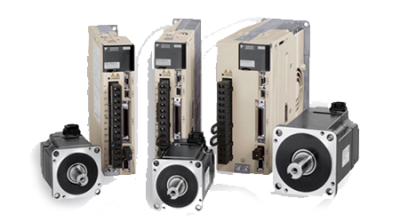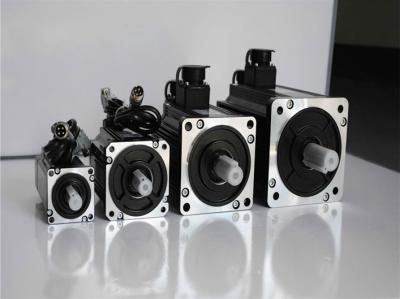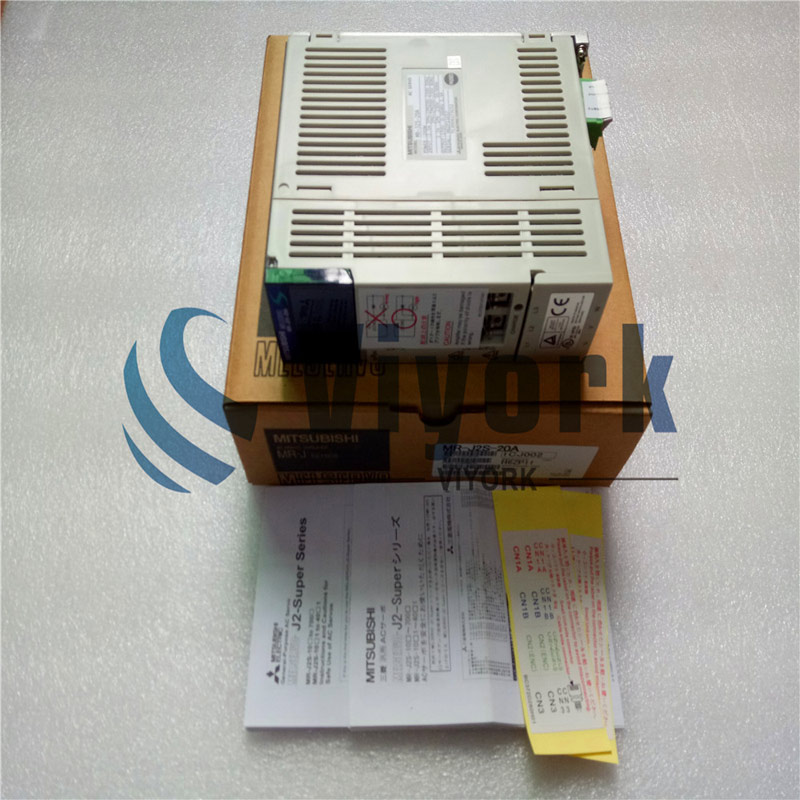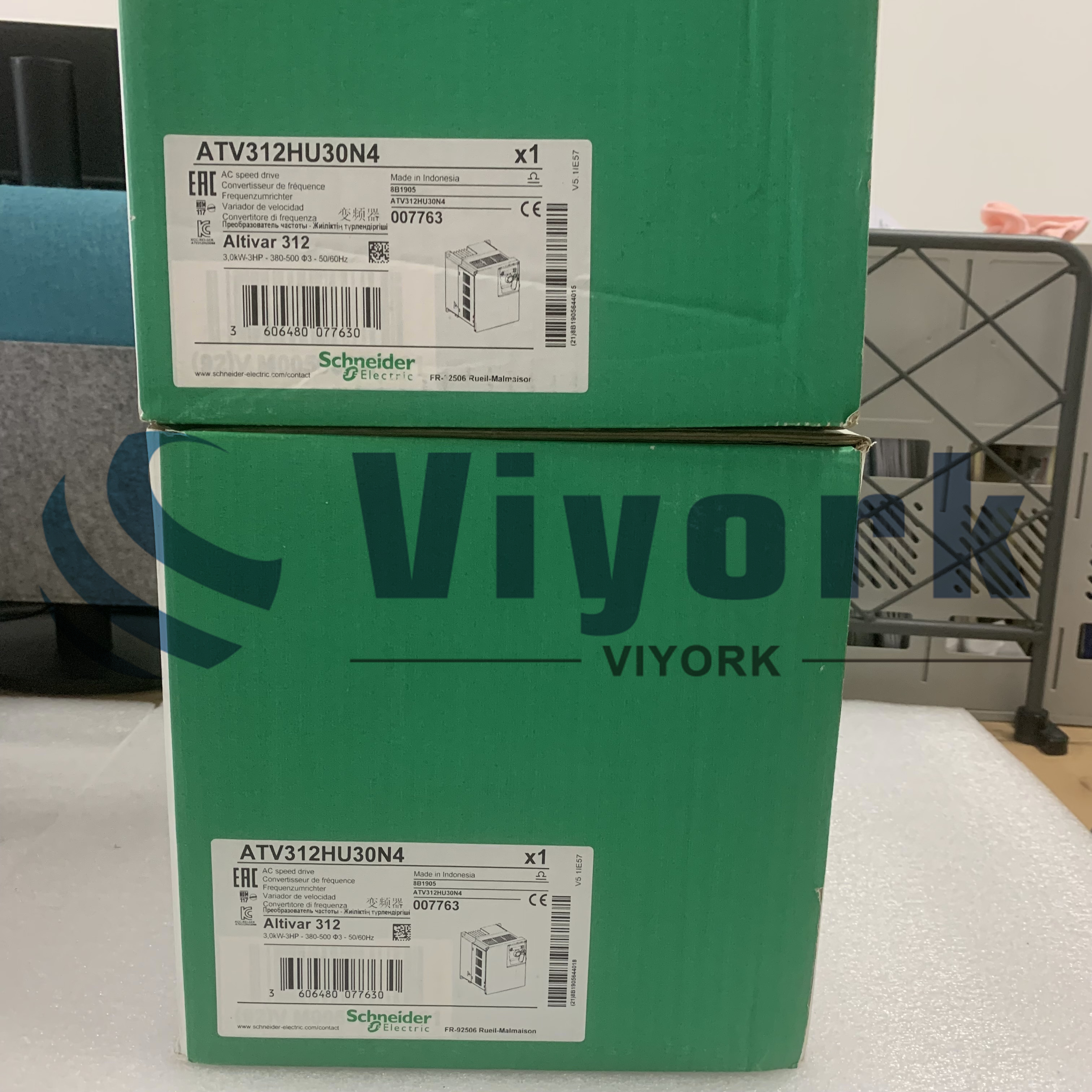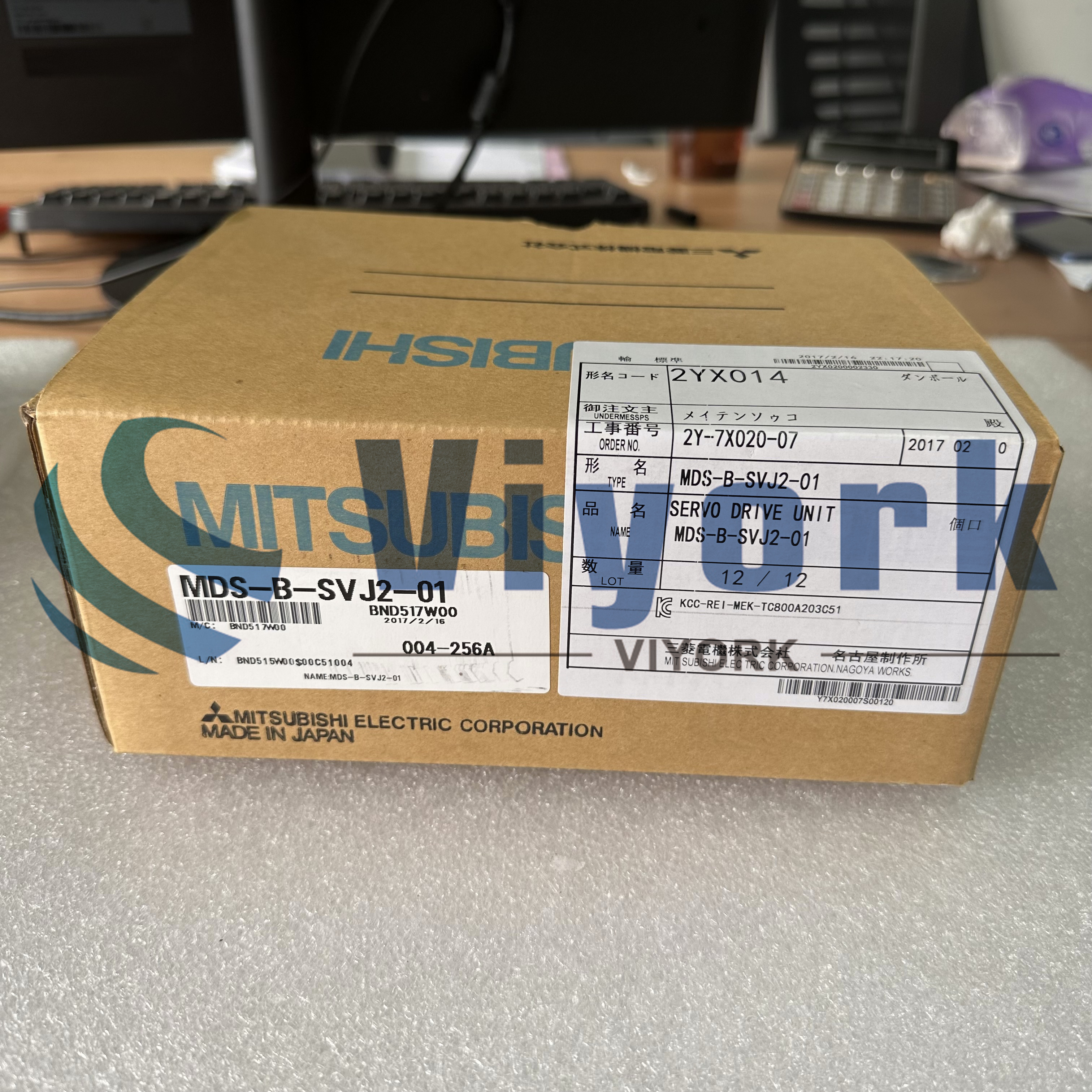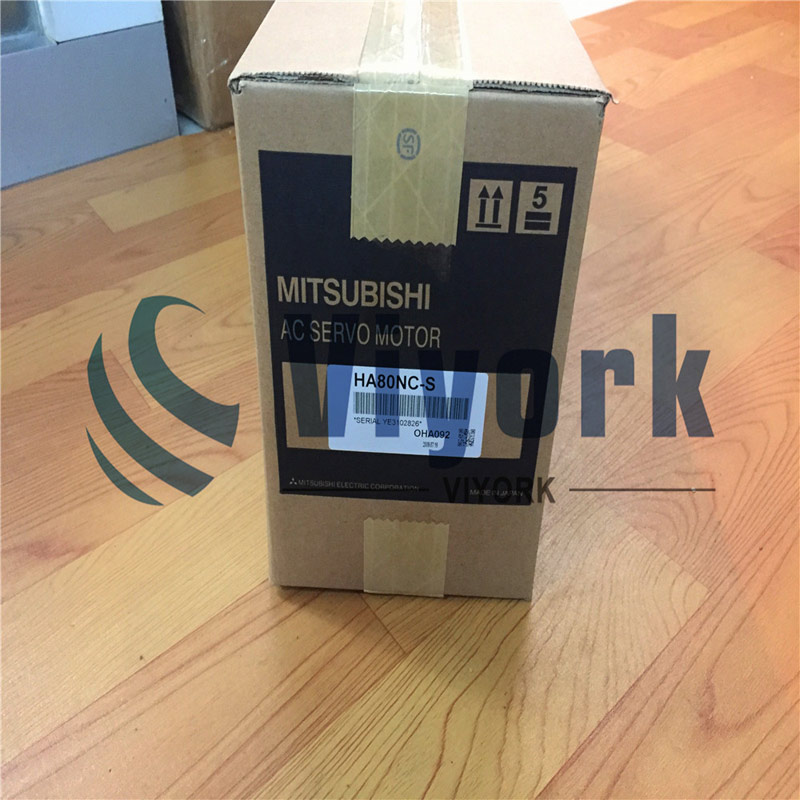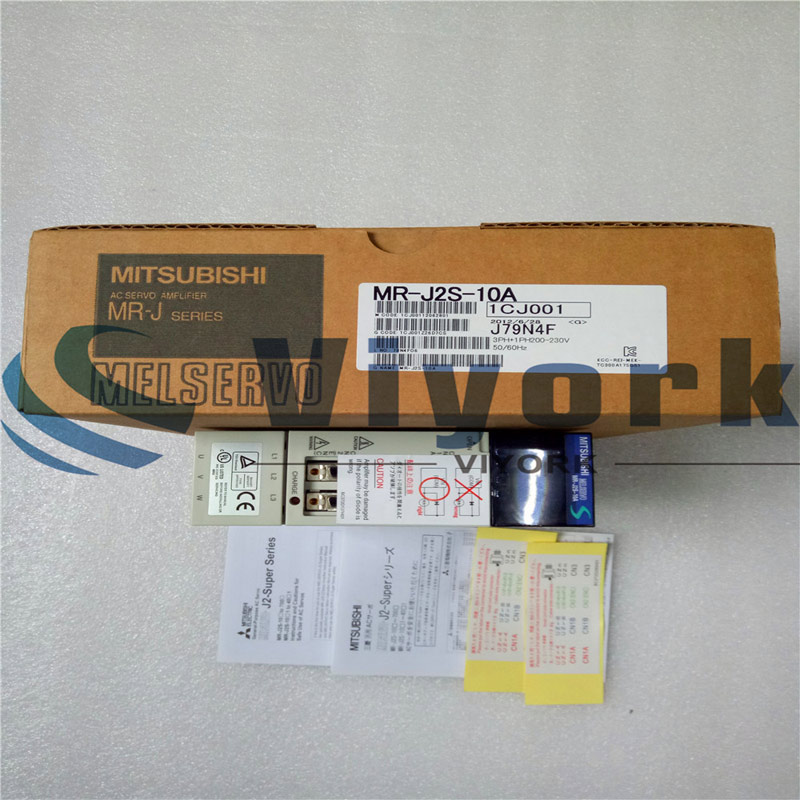The rotor inside the servo motor is a permanent magnet. The U/V/W three-phase electricity controlled by the driver forms an electromagnetic field. The rotor rotates under the action of this magnetic field. At the same time, the encoder that comes with the motor feeds back the signal to the driver. Values are compared, and the angle of rotation of the rotor is adjusted. The accuracy of an AC servo motor depends on the accuracy (number of lines) of the encoder.
The servo motor is also called the executive motor. In the automatic control system, it is used as the executive element to convert the received electrical signal into the angular displacement or angular velocity output on the motor shaft. It is divided into two categories: DC and AC servo motors. Its main feature is that when the signal voltage is zero, there is no rotation phenomenon, and the speed decreases uniformly with the increase of torque.
The AC servo motor is better, because it is a sine wave controlled ball screw, and the torque ripple is small. DC servos are trapezoidal waves. But DC servo is simpler and cheaper.
Permanent magnet AC servo motor Since the 1980s, with the development of integrated circuits, power electronics technology and AC variable speed drive technology, permanent magnet AC servo drive technology has achieved outstanding development, and famous electrical manufacturers in various countries have successively launched their own AC servo motors. Motor and servo drive series products are continuously improved and updated.
The AC servo system has become the main development direction of the contemporary high-performance servo system, which makes the original DC servo face the crisis of being eliminated. After the 1990s, the AC servo system that has been commercialized in various countries in the world is a fully digitally controlled sine wave motor servo drive. The development of AC servo drives in the field of transmission is changing with each passing day.
Compared with the DC servo motor driver, the permanent magnet AC servo motor has the following main advantages:
(1) There are no brushes and commutators, so the work is reliable and the maintenance and maintenance requirements are low.
(2) It is more convenient for stator winding to dissipate heat.
(3) The inertia is small, and it is easy to improve the rapidity of the system.
(4) It is suitable for high-speed and high-torque working conditions.
(5) It has smaller volume and weight under the same power.
The servo mainly relies on pulses for positioning. Basically, it can be understood in this way that when the servo motor receives one pulse, it will rotate the angle corresponding to one pulse, thereby realizing the displacement. Because the servo motor itself has the function of sending out pulses, so every time the servo motor Rotating an angle, a corresponding number of pulses will be sent out, which echoes the pulses received by the servo motor, or is called a closed loop. In this way, the system will know how many pulses are sent to the servo motor and how many pulses are received at the same time. In this way, the rotation of the motor can be precisely controlled, so as to achieve precise positioning, which can reach 0.001mm.
Stepper motor is a discrete motion device, which has an essential connection with modern digital control technology. In the current digital control system in China, stepper motors are widely used.
With the emergence of all-digital AC servo systems, AC servo motors are increasingly used in digital control systems. In order to adapt to the development trend of digital control, most of the motion control systems use stepper motors or all-digital AC servo motors as executive motors. Although the two are similar in control mode (pulse train and direction signal) elastic coupling, but there is a big difference in performance and application. Now compare the performance of the two.
 Call us on:
Call us on:  Email Us:
Email Us:  1103, Block C, South Building, Luo Fang Road, Luohu District, Shenzhen, 518001, China
1103, Block C, South Building, Luo Fang Road, Luohu District, Shenzhen, 518001, China 
